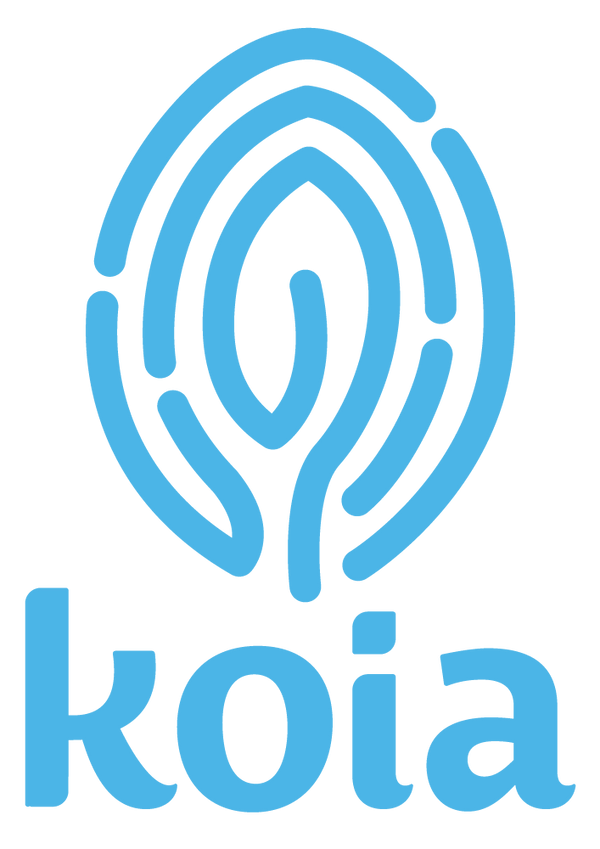a remote workforce
Although a distributed workforce has been the reality for me all of my professional life, in the current environment, many people and companies are scrabbling to figure out how to make it work. At Koia, we have embraced some tools and best practices that we wanted to share. I fully recognize that these are created for an intentional work from home culture. While there are many unique factors in the current environment such as frequent interruptions from children running around the house and people being forced to work remotely rather than choosing to, this is a list of what has helped us create the best work culture that I have personally been a part of.
1. trust your team
Obviously this is a foundational component of any team, but especially important for remote teams. If everyone is aligned through priorities, KPI’s, clear values, and an agreed upon mission, you have to trust that your team is doing everything that they can to accomplish those goals. Stop micromanaging!
2. video is key
Video conferencing and shared screens have changed the game for working remote. We have gone as far as requiring the use of video, and it has been a huge step forward for our team. Suddenly people are able to “see each other” multiple times a week creating a much stronger bond and connection than telephone calls.

3. regularly scheduled, recurring meetings
This allows employees to join meetings where applicable. It gives the team a specific time and place to address concerns or opportunities and get up to speed while reducing the noise within the organization. Leadership is able to see each department’s scheduled meetings and the cadence between supervisor and direct report allowing us to check in at any point.
4. video > call > email
Prioritize the style of communication within the organization. Video or calls need a follow up via email to confirm and identify open items and to ensure responsibilities are clear.
5. slack = small talk

Use programs like Slack to share random information, updates and pictures, all things that don’t require immediate attention, feedback, or a response. These create opportunities for the team to experience virtual “water cooler talk”.
6. shared calendars
These help avoid clogging up emails with back and forth communications trying to schedule meetings. It is critical that calendars remain updated at all times, which gives confidence that any open times on a calendar during work hours are fair game to schedule a meeting. We encourage employees to send invites instead of asking to set up a meeting and to block time on their calendar that they don’t want things to be scheduled during. This can be done with a private function so that the entire team doesn’t have full visibility into every aspect of everyone’s life.



7. google docs & shared screens
Google docs (or other document sharing programs) help recreate a conference room setting and allow real time collaboration. The same with screen sharing. On our video calls, people share the document that they are referencing. This brings clarity to the subject at hand. Combined with Google Docs, the team can edit as they go and collaborate perhaps even more effectively than in person. As a matter of fact, we use this one even when we are meeting in person! The “team” creates presentations on the fly. We aren’t circulating updated documents. We don’t need version control.
8. take notes live
Do this during the meeting, on the shared documents that are being shown on the shared screens. This allows for immediate alignment within the group and clear follow ups without creating extra follow up work after the meeting.
9. use all digital services
Use other digital services such as docusign for e-signature and Tiny Scanner for scanning and email functions.

10. the cloud
Save all documents to the cloud and not to local hard drives. This makes documents easy to locate, share, and acts as a backup function.

– Chris Hunter, CEO

